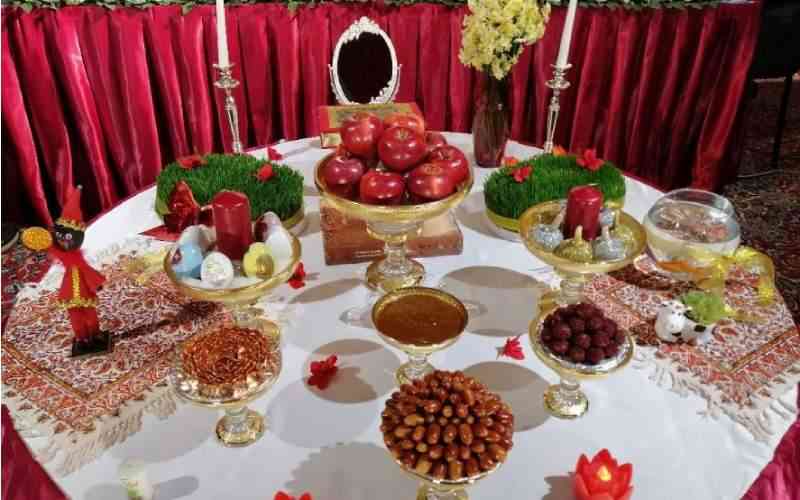×
The Standard e-Paper
Truth Without Fear

On Wednesday, March 20, over 300 million people worldwide celebrated Nowruz, an ancient festival that marks the Persian New Year and the official beginning of spring.
Persian New Year, or Nowruz, usually occurs on March 21 every year, with festivities continuing for fourteen days through the beginning of April. Nowruz translates to 'new day' in English and serves as a celebration of springtime and new beginnings for over 300 million people worldwide.